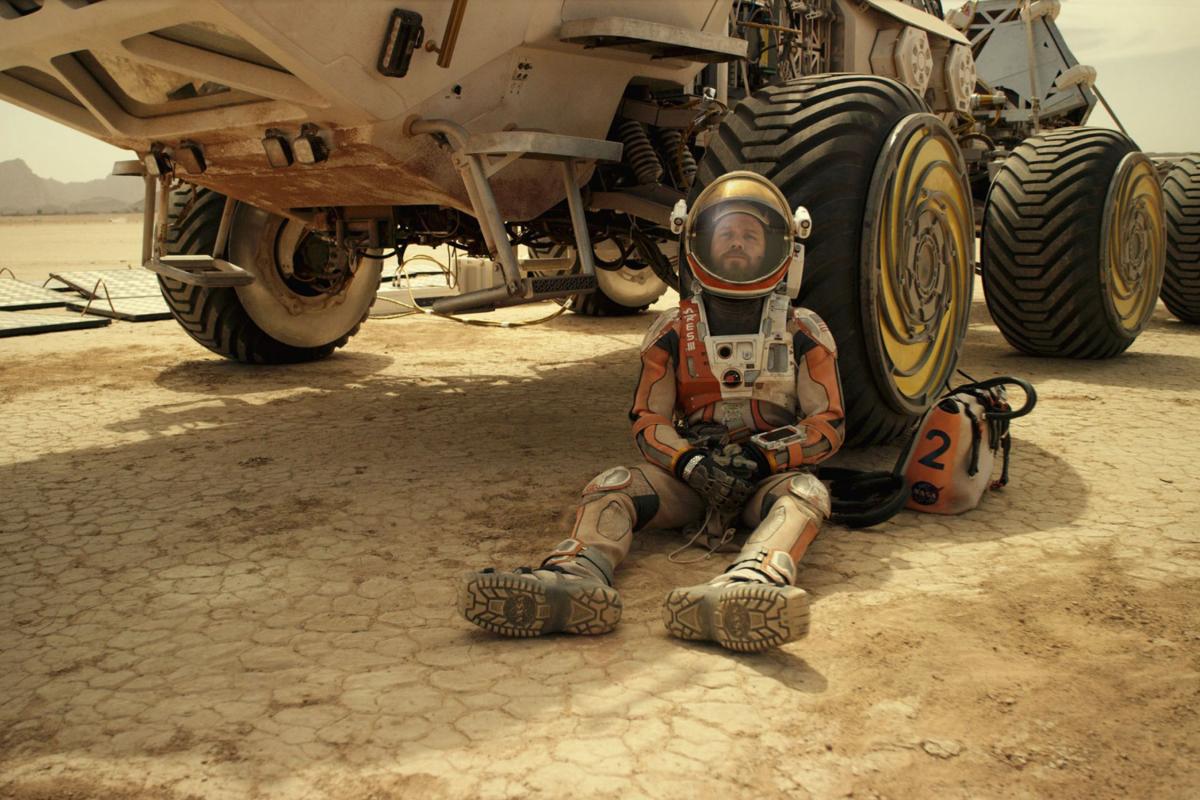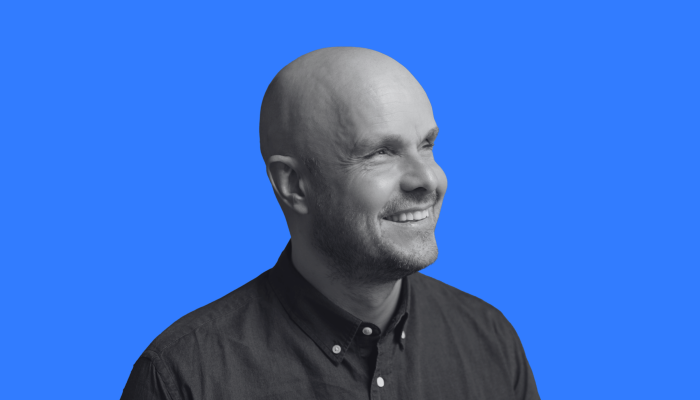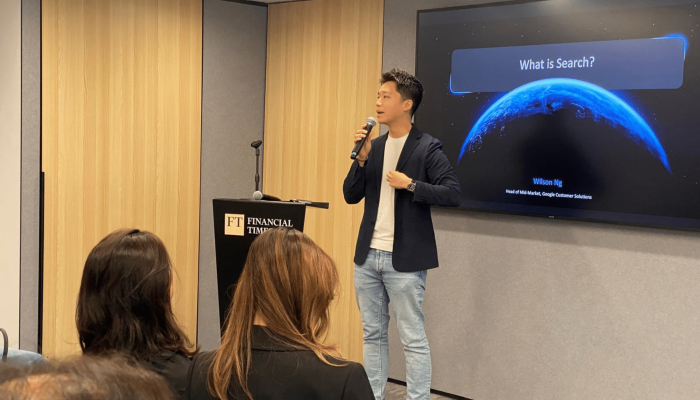The marketing landscape has completely changed. Almost to the point of feeling we’re living on different planet. To thrive in this new environment, we need to discover our innate creative heartbeat. And we need to help our teams do the same. Co-founder of Creative Creatures, Hanne Kristiansen, writes.
When I started my marketing career in the mid-1990s, creativity was a skill you pulled out from the closet when you really had to push the envelope and think differently. Most of the time, it was simply ‘business as usual’. Life was easy.
Fast-forward 25 years, and the world has changed. And not just a little bit… A lot! The political, commercial and technological landscapes all look completely different. Almost to the point of making us feel we’re on another planet. Yet our mindsets, the way we think and our ability to ‘be creative’ have remained largely the same.
The time has come to think differently about thinking differently. Why?
In a world that’s becoming hyper-unpredictable, we’re all having a tough time dealing with, and planning for, an increasingly complex future. Best practices are no longer good enough. Tried & tested business models are suddenly insufficient. What was believed to be right yesterday, might prove to be wrong tomorrow.
How the hell do you plan for the future in a world like this? You can’t…
But here’s the good news… Even if we can’t plan, we can still prepare. We can prepare ourselves and our teams to act with agility and ingenuity. By focusing on preparing instead of planning, we increase our chances of thriving and conversely, avoid merely surviving.
But how?
This is where creativity comes in.
In today’s world, the act of ‘being creative’ is no longer just about coming up with the next big idea. It’s broader and much more vital than that. In the face of AI and algorithmic-led thinking, our innate creativity is a magic human ingredient; and it’s fast becoming our main ‘value add’.
When you find it, embrace it and leverage it, you can suddenly tap into a powerful and limitless USP that enables you to navigate an uncertain future.
So, what’s the problem with creativity?
The first problem is that creativity and commerciality mix like oil and water.
Creativity is seen as belonging in the arts, not the business world. Corporate creativity? It’s an oxymoron, right? But it doesn’t have to be that way. Those of us who manage to merge the two concepts so they not only co-exist - but also start to feed one another - are those who will thrive in the future. We need to stop seeing commerciality and creativity through an either/or lens and instead start to adopt a both/and mindset.
The second problem relates to creativity being misunderstood.
Creativity is linked with out-of-the-box thinking. So isn’t it ironic that we put the act of ‘being creative’ into a box? We straitjacket it by tying it to the narrow notion of idea generation, or by seeing it as synonymous with innovation. Yet the reality is creativity is much broader than that.
Being creative is also about unearthing a stone and polishing it up so it becomes a diamond that truly shines. It’s about making the bold, and sometimes polarising decisions, that might lead you down a new and different path. And it’s about creating the environment within which others feel comfortable about being uncomfortable, so they can put their best foot forward and make brave leaps. And it’s about… And it’s about… I could go on forever.
The mind behind TESLA | Elon Musk
You are creative when you problem solve. You are creative when you daydream on the bus. You are creative when you cook something from scratch. Being creative is an ability unique to us human beings. Unlike our animal friends, we are able to imagine. And we’re able to act on this imagination. Essentially, we are all creative… in different ways.
This leads me onto the third and final problem.
Most of us think creativity is an ability that belongs to the ‘lucky few’. We put creativity on a pedestal by contributing it to entrepreneurs like Steve Jobs and Elon Musk or geniuses like Albert Einstein and Pablo Picasso. We tend to get promoted because we are able to deliver great results fast and in an efficient way; not because we’ve cast the creative net far and wide. As a consequence, we ignore our innate creative muscles and we lose confidence in our creativity.
But all is not lost.
To re-build our creative muscles, we can simply open our eyes and start to notice the big impact even small, seemingly simple everyday thoughts can have. By celebrating these little thoughts, bigger thoughts will follow. To claim our creative confidence back, we can start to learn from ‘the rest’ instead of always looking to ‘the best’. If you allow yourself to be inspired by the things ‘people like us’ already do, you will immediately feel that creativity is indeed within your reach.
And once you’ve discovered your hidden creative talents, you’re sure to never let them go.
This article was taken from issue 3 of Marketing Society members-only publication EMPOWER. Find out more here and see past articles here (please note some articles are open to the public and some are for members only.)



